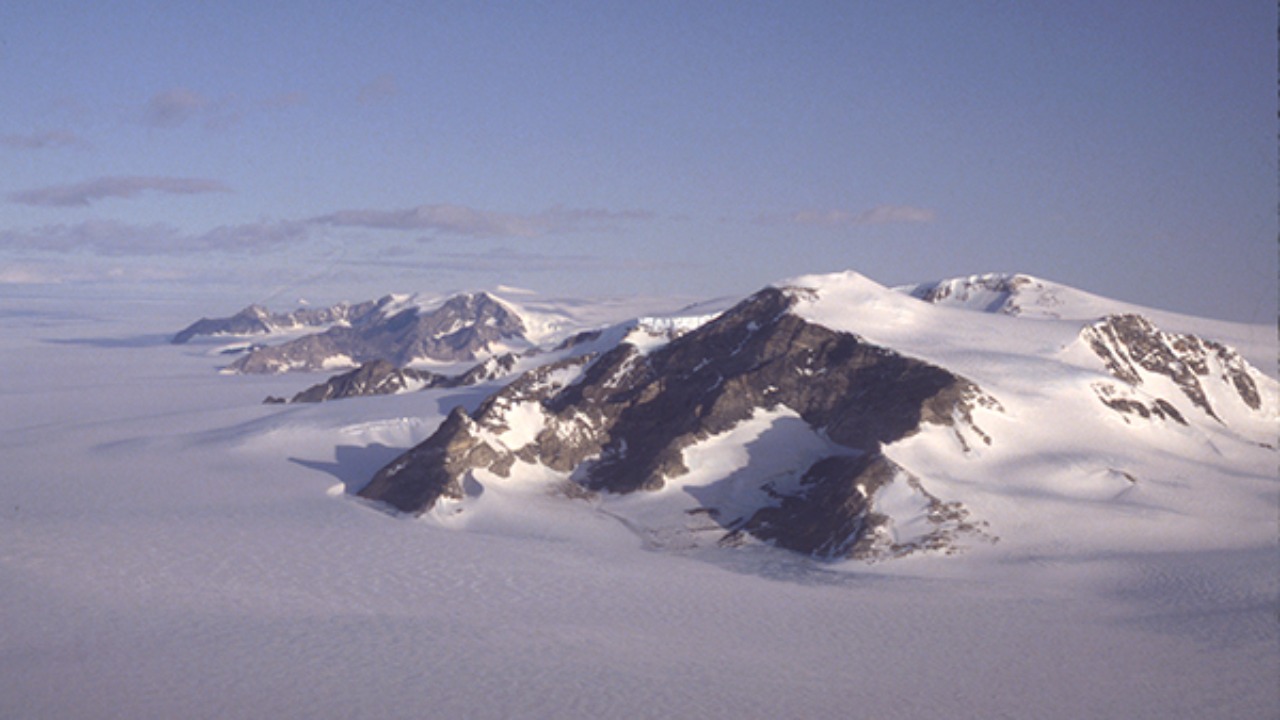
Beneath the Arctic permafrost, ancient organisms have lain dormant for approximately 40,000 years, preserved in a frozen state that halted their biological activity. Recent scientific observations indicate these microbes are now showing signs of revival as environmental conditions shift, potentially reactivating long-dormant life forms in one of Earth’s most extreme environments. This discovery raises questions about the implications of such ancient life forms reawakening in a rapidly changing climate.
The Discovery of Dormant Life in the Arctic
Scientists have identified ancient microbes trapped in Siberian permafrost samples, revealing a preserved ecosystem frozen since the late Pleistocene era. These findings, based on core samples from Arctic drilling sites, confirm the organisms’ viability despite millennia of subzero temperatures. DNA analysis has shown that these microbes have intact cellular structures, which is remarkable given their prolonged dormancy. The location-specific findings from the Arctic Circle highlight how ice sheets acted as natural time capsules for these microbial communities, preserving them in a state of suspended animation for tens of thousands of years (Popular Mechanics).
The discovery of these ancient organisms is not just a scientific curiosity; it provides a unique window into the past, offering insights into the Earth’s climate history and the resilience of life. The preserved microbes serve as a biological archive, helping scientists understand how life can endure extreme conditions. This knowledge is crucial as it may inform future studies on life’s potential to survive in other harsh environments, such as those found on Mars or the icy moons of Jupiter.
The 40,000-Year Dormancy Explained
The dormancy of these organisms began around 40,000 years ago, coinciding with the onset of the last Ice Age’s peak conditions in the Arctic. During this time, the microbes entered a state of metabolic suspension, effectively pausing their biological processes. Preservation occurred through cryostasis in permafrost layers up to 1,500 meters deep, where temperatures consistently below -10°C prevented decay. Radiocarbon dating of surrounding sediment has verified this timeline, distinguishing these microbes from more recent Arctic life forms (Popular Mechanics).
This prolonged dormancy is a testament to the resilience of microbial life and its ability to withstand extreme environmental changes. Understanding the mechanisms that allowed these organisms to survive for such an extended period could have significant implications for biotechnology and medicine, potentially leading to new ways to preserve biological materials or develop new antibiotics.
Signs of Revival in a Warming World
As Arctic temperatures rise, thawing permafrost is triggering metabolic reactivation in these 40,000-year-old organisms. Laboratory tests have shown resumed enzyme activity, indicating that these microbes are beginning to “wake up” from their long slumber. Field observations in melting ice cores demonstrate bacterial growth when samples are exposed to above-freezing conditions, mimicking current climate trends. The revival process involves DNA repair mechanisms kicking in after dormancy, allowing the microbes to adapt to modern oxygen levels (Popular Mechanics).
The reactivation of these ancient organisms in a warming world poses both opportunities and challenges. On one hand, studying these microbes could provide valuable insights into the adaptability of life and the potential for biotechnological applications. On the other hand, there are concerns about the ecological impacts of reintroducing ancient life forms into modern ecosystems, where they could disrupt existing biological communities.
Potential Impacts of the Awakening
The reactivation of ancient microbes could significantly alter Arctic soil chemistry by releasing stored nutrients, influencing local plant and animal ecosystems. As these organisms metabolize organic matter in thawing permafrost, there is also concern that they might contribute to greenhouse gas emissions, potentially accelerating climate change. Ongoing research is monitoring the spread of revived microbes, assessing risks to biodiversity in the fragile Arctic environment (Popular Mechanics).
The stakes are high, as the balance of Arctic ecosystems is delicate and any disruption could have far-reaching consequences. Scientists are particularly focused on understanding how these ancient microbes interact with modern species and what role they might play in the broader ecological network. This research is crucial for predicting future changes in the Arctic and developing strategies to mitigate potential negative impacts.